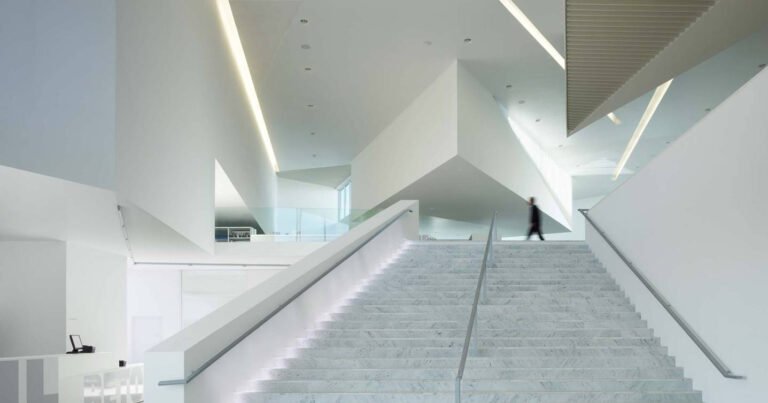Tulsa Is in the Midst of a Massive Cultural Renaissance
Just one year ago, in the spring of 2021, a broad swath of the national media turned their attention to Tulsa, Oklahoma, as the city commemorated the centennial of the 1921 Tulsa Race Massacre. That recognition of the city’s tragic past was a long time coming and merely the beginning of an ongoing path toward real and lasting reconciliation. Through initiatives like Black Tech Street and Build in Tulsa, the city is welcoming and fostering a new generation of Black entrepreneurs, hoping to recapture the spirit that birthed Black Wall Street over a century ago.
To quell the decades-long flight of creatives and young professionals to other urban centers, the Tulsa Remote project launched in 2018 and has brought well over 1,600 workers to northeast Oklahoma. Their timing was impeccable. If 2021 was a much needed look to a sobering past, 2022 is all about the future and hope. And the catalyst for much of that momentum is the May 10 opening of the Bob Dylan Center (BDC) in Tulsa’s downtown arts district.
Some may find confusing why 80-year-old Dylan chose a city some 860 miles south of his hometown of Duluth, Minnesota, as the location. “There’s more vibrations on the coasts, for sure,” Dylan explained in an interview with Vanity Fair. “But I’m from Minnesota, and I like the casual hum of the heartland.” What’s more, BDC will display items from Dylan’s archive, which was acquired in 2016 by the George Kaiser Family Foundation and the University of Tulsa for around $20 million. (The Kaiser foundation later bought out the university’s share.) If nothing else, the space, which was designed by AD100 firm Olson Kundig, will show how a Midwesterner with a guitar criss-crossed the world changing culture with his music. It will show how an outcast went on to win the Nobel Prize in literature. It will show how anything is possible in America.



